News
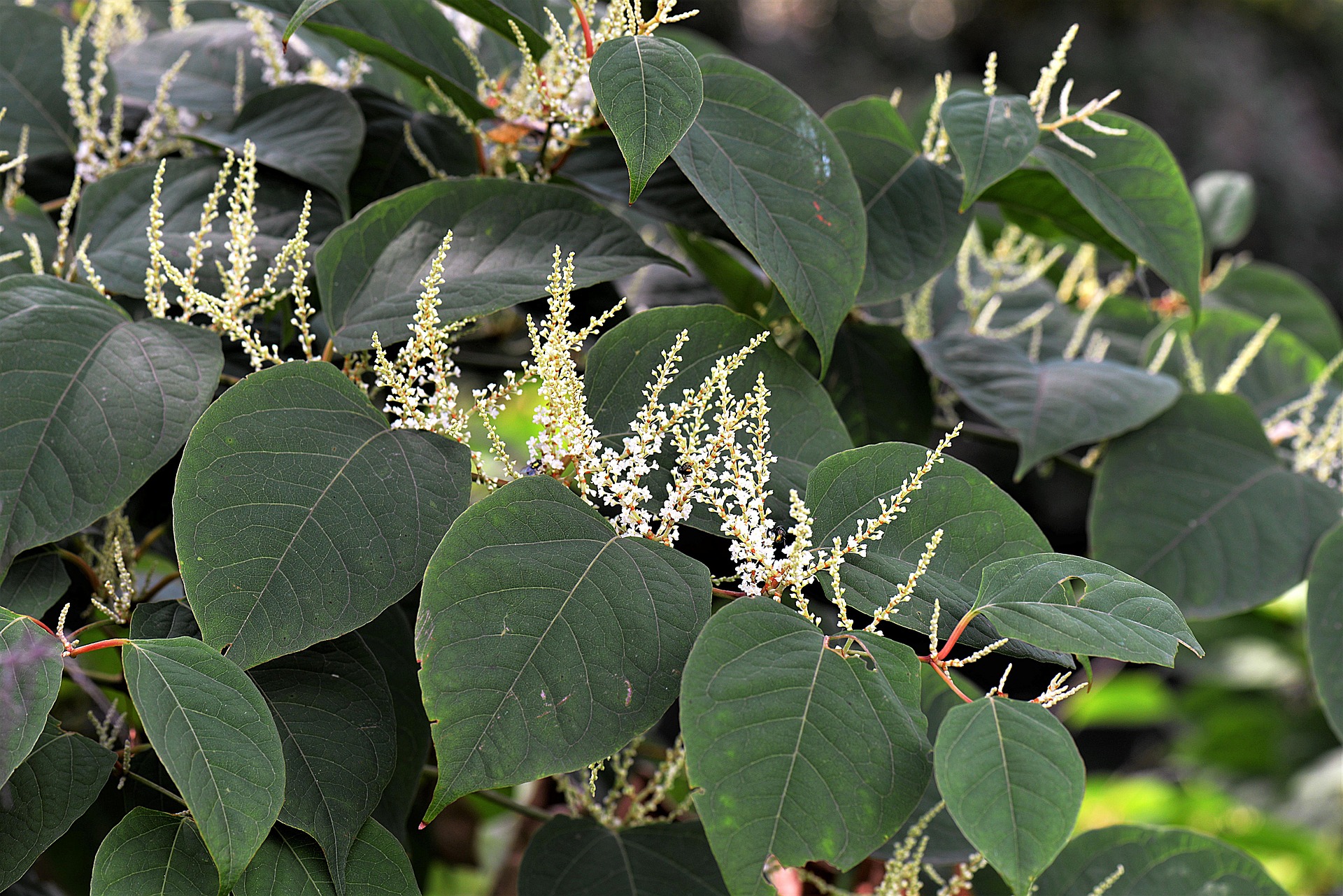
Invasive Species Series 2020: Japanese Knotweed
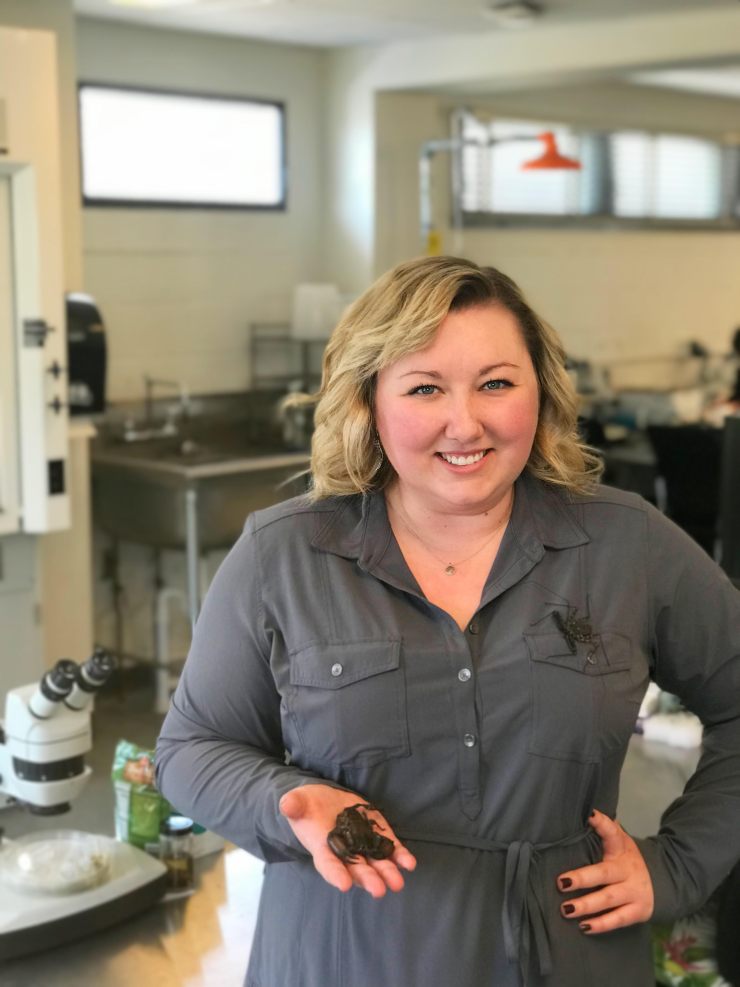
By Devan George, pictured here holding a flat rock scorpion and a tail-less whip scorpion
Invasive Species:
Invasive species are any kind of living organism, including plants, insects, and bacteria, that is not native to an ecosystem and causes harm. They can cause harm in several ways, including harm to human health, the economy, and ecosystems. An invasive can harm native species and entire food webs. They might not have any native predators, allowing it to reproduce and spread quickly over the ecosystem. In large numbers, an invasive can outcompete a native species for food or consume a native species as prey at such a high rate, the prey species cannot repopulate. This can entirely kill off a species, or even multiple species in that area, leading to the decreased diversity. Invasive species can also change an ecosystem by taking habitat, replacing a food source, or even effecting the intensity of wildfires.
Invasive species are primarily spread by humans, and even when they are spread unintentionally, the damaging results are the same. Transporting individuals on our vehicles, the goods we move, or even on ourselves, can cause the rapid spread of a species. Because it is so easy for us to spread a species unintentionally, it is everyone’s responsibility to stay informed on the invasive species that are sweeping through their area, and how to manage them.
In 2020, PCCD will be doing a series of articles on invasive species in Pike County, PA. Please look for these in our e-newsletter throughout the year and you can sign up for our newsletter here.
Japanese Knotweed:
Japanese knotweed is a woody perennial, brought to the United States from Japan in the late 1800s for ornamental use. The plant’s stems are hollow, and a light green color, with swollen nodes (pictured right), resembling bamboo.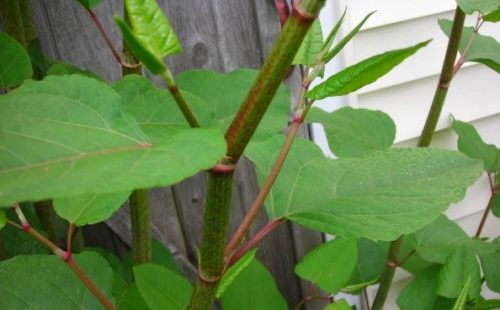 The flowers of the plant are greenish white and grow up to four inches long, appearing in august to October (pictured below).
The flowers of the plant are greenish white and grow up to four inches long, appearing in august to October (pictured below).
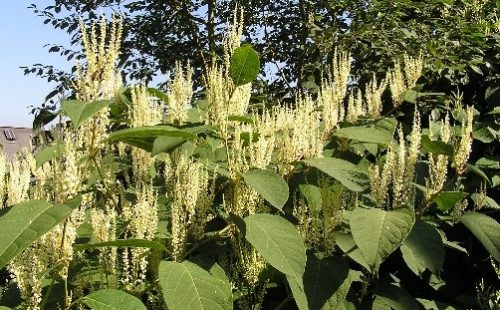 Knotweeds are spread through the distribution of rhizomes. Rhizomes are horizontal underground stems that put up shoots at intervals growing away from the original plant. Stems that have been cut or broken and disposed of can still take root if left on moist soil or water. Once it takes root, knotweed can grow 3 to 4 inches per day in the early season and grow up to 12 feet tall.
Knotweeds are spread through the distribution of rhizomes. Rhizomes are horizontal underground stems that put up shoots at intervals growing away from the original plant. Stems that have been cut or broken and disposed of can still take root if left on moist soil or water. Once it takes root, knotweed can grow 3 to 4 inches per day in the early season and grow up to 12 feet tall.
Control:
Established stands are incredibly difficult to control or eradicate, which is why it is important to quickly identify the appearance of Knotweed and take action. The key to managing knotweed is controlling the rhizomes.
If you can catch the infestation early, manually removing the stalks and roots is a possible control, but you must be careful how you dispose of the stalks. The stalks can be mowed or cut, and after June 1st this will help control regrowth, though will not eliminate it completely. Herbicides are potential ways to control the plant, such as glyphosate, but always be sure to read label directions and state regulations, and apply safely. After July 1st, and before the first frost, the most effective option is a foliar herbicide (an herbicide applied to the above ground portion of the plant.)
Native Alternatives:
When the knotweed has been removed, it is less likely to return if there are native species planted in its place. Some great alternatives to knotweed are:
- Big Bluestem (Andropogon gerardii)
- Buttonbush (Cephalanthus occidentalis)
- Joe-Pye-Weed (Eupatorium fistulosum)
- Pussy Willow (Salix discolor)
- Silky Willow (Salix sericea)
- Spicebush (Lindera benzoin)
- Switch Grass (Panicum virgatum)
- Wild-rye (Elymus villosus)
- Wingstem (Verbesina alternifolia)
- Winterberry holly (Ilex verticillata)
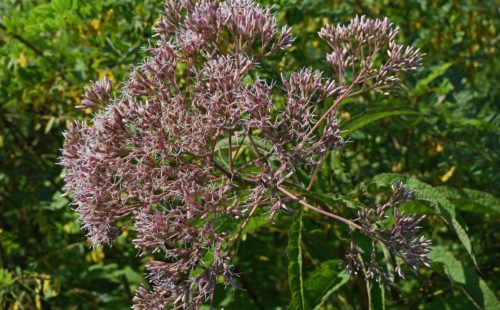
Joe Pye Weed
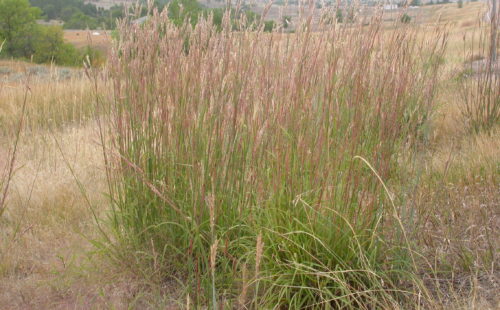
Big Bluestem
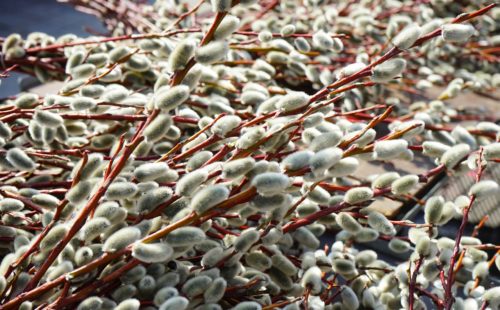
Pussy Willow
